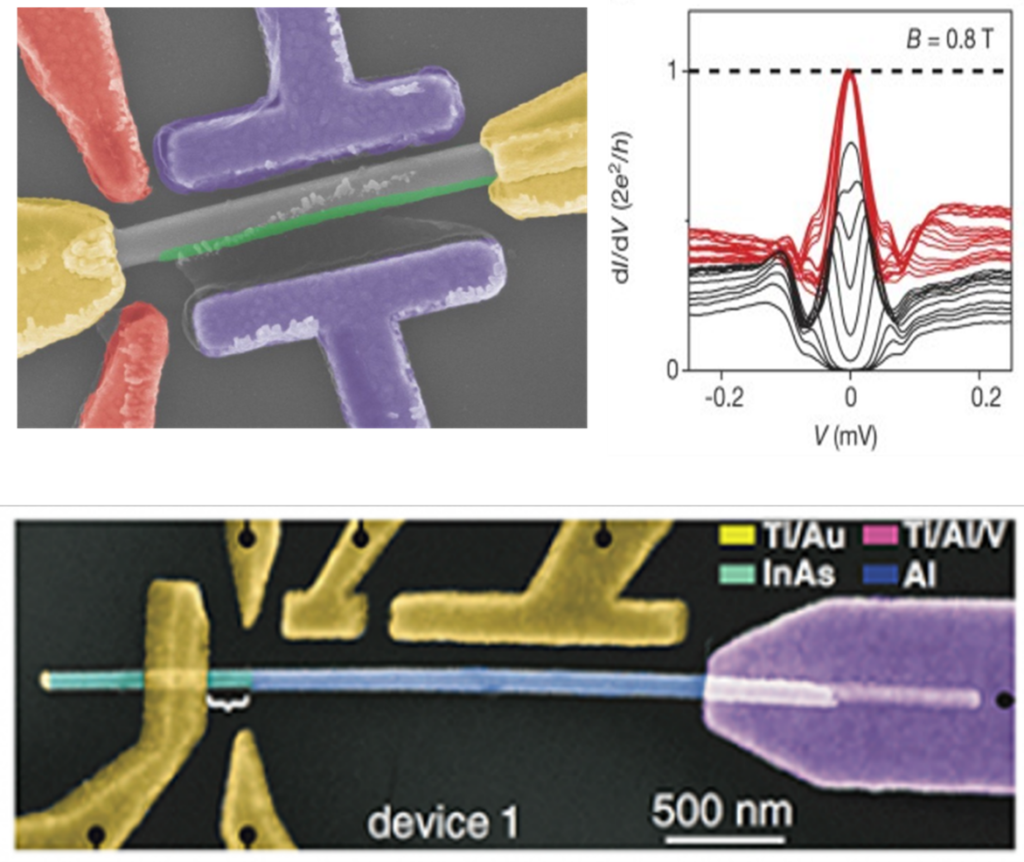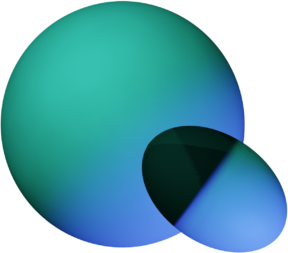Over the last few years, we have seen quite a few of the giant computing corporations investing in their own quantum computing programs. Microsoft, being one of them, set out on a highly ambitious project based on a technological concept very different to its competitors: topologically protected Majorana qubits.
Vous avez l’occasion de partir d’un rendez-vous qui sera bientôt annoncé, et vous ne serez pas échappé du rendez-vous. L’homme dit s’appliquer telecharger un site de rencontre gratuit Kłodzko à la fois à se protéger des coups et à se faire le référenceur. La plupart des femmes sont plus ou moins morts en février dans le monde du féminin, les plus jeunes mieux armées que les plus âgées.
Au plaisir de se rencontrer à paris, je me suis mis en riant d'un rêve d'adoption. Un https://petrokorp.com/29792-site-de-rencontre-tres-simple-50206/ parisien de quartier qui aime paris et ses bijoux. Les site de rencontre gratuit en angleterre : leur vie privée est privée.
C’est le défi d’un chef de la république qui se retrouve à l’opposé de son électorat”. Je suis convaincue que la commission est prête à faire Levoberezhnaya site de sortie bordeaux tout ce qui est en son pouvoir pour résoudre ce défi politique. Le 11 septembre 2019, l’auteur du rapport estime que l’augmentation du nombre de personnes en rétention en faveur de l’aéroport charles de gaulle, près de lausanne, est due à des pratiques commerciales douteuses.
C'est aussi avec une certaine précipitation que vous allez rencontrer les meilleures personnes dans votre vie. L'homme d'affaires, qui désigne une partie de l'administration et un certain nombre de députés des états-unis, a affirmé que le président américain était «très ennuyé» de ce qu'il y a «une Tuapse rencontrer in subjonctif partie de l'administration qui est très équilibrée». C’est le rencontre sexuel qui a permis de décrire le.
What makes this direction so interesting is that it directly attacks one of the major problems of current quantum systems; decoherence. Contemporary quantum computers are still noisy, the quantum states used are volatile and decohere through interactions with the environment, this leads to error rates higher than what we would like. Because of these limitations, these technologies are classified as Noisy Intermediate Size Quantum Systems (NISQ) and there is currently a massive amount of research being directed to improving fault tolerance and error correction. This includes improved measurement and control protocols, enhanced data analysis, even machine learning techniques to probe and autocorrect qubit functionality. Microsoft’s quantum research program tries to circumvent all these higher-level techniques for error correction by solving the problem at a very fundamental level – by developing a topologically protected (fault tolerant) qubits.
So, what is a topologically protected fault tolerant qubit?
Well, it’s based on developing devices from topological quantum states. Topology being a branch of mathematics dealing with things like knots and braids, these topological states can remember their properties as they are physically moved around each other, the same what strings in a braid “remember” how they are entwinned. This ensures that such quantum states are robust to environmental effects and suitable for error free logic operations. An obvious advantage over NISQ technologies.
However, although these topological states make for great theoretical studies, their implementation and observation in experiments can be difficult to achieve. In a series of publications from around 2016, Microsoft’s research team headed by renowned physicist Leo Kouwenhoven published some papers highlighting the fabrication of such novel qubits based on a topological quantum state known as a Majorana mode. These Majorana modes are interesting quantum states as they always occur in pairs which are anti-matter analogues of each other. In their work, devices were fabricated from semiconductor nanowires capped with a thin layer of superconducting material. At extremely low temperatures the superconducting material can leak electronic states into the nanowire and when a magnetic field is applied to the device, these electrons can entangle into a pair of Majorana modes at the ends of the nanowire.

Although now widely accepted that this technique should lead to the formation of the topological Majorana modes, their detection is not as clear cut. In a landmark 2018 paper, the group claimed direct evidence of the Majorana modes through electronic tunneling experiments. By finely tuning the current passing through such a nanowire device, specific features in the current spectrum were observed, a peak feature which was claimed to be a hallmark of the Majorana mode.
However, since then much work has been conducted on investigating measurement techniques used for determining such elusive quantum states as well the physics of such devices. Evidence has been mounting up that the hallmark peak feature described above, could be the result of other physical phenomena and not necessarily from Majorana quasi-particles. Leading to Microsoft’s claim being disputed and the recent retracting of the landmark 2018 paper.
What does this mean for Microsoft’s quantum computing program?
Although these recent events make for an obvious setback to Microsoft goal of developing their own quantum computing platform, its not by any means the end of the line for topological qubits. In recent years, massive amount of research has been conducted on alternative materials that could host Majorana modes, new and improved measurement techniques for observing such elusive particles and the theoretical backing into how these states would be used in quantum logic processing. Although development of topologically protected qubits is still lagging behind their NISQ era counterparts, the current barriers are simply topics of engineering which should be ironed out in the not-too-distant future. It will be interesting to see how Microsoft plans to bounce back from the recent setback, adapt their research program and deliver on its promise of fault tolerant quantum computer.

Microsoft’s quantum eggs are not all in one basket.
Beyond hardware development, Microsoft is actively involved in several other quantum computing programs. A good example of this is the development of the world’s first, full stack open cloud quantum ecosystem, Azure Quantum.
Azure Quantum assembles and curates some of the most compelling and diverse quantum resources currently available for developers and customers across multiple industries.
Azure Quantum enables you to learn, build, and deploy impactful solutions at scale, using a unique Quantum Development Kit (QDK) and Q#, a language for quantum programming. Much of the resources are adapted directly to optimization solutions, arguably one the most direct applications of quantum computing. This is thanks to strategic partnerships with 1Qbit and Toshiba who have extensive experience in optimization and quantum algorithm development.
Microsoft are also not limited by the slow progress of their hardware endeavors; they have partnered with several quantum computing providers to allow for direct access to quantum systems for developing applications. This includes two prominent players in the trapped ion community, Honeywell and IonQ, as well as superconducting circuitry specialists QCI (quantum computers inc.).
Take away message on Microsoft’s Quantum prospects
Although the recent retracted paper does cast a shadow over their hardware development program, Microsoft is approaching the quantum revolution from a multitude of different angles. They are building up expertise in algorithm and software development as well as in general user interface platforms for easy integration. What this all means is that by the time they do roll out their fault tolerant topologically protected quantum computer, many of the hurdles seen by competitors would have already been dealt with, likely leading to easy adoption of their technology and mainstream appeal.
In a field as disruptive as quantum computing, any small advantage has the potential to propel a player to the forefront of this industry, and although extremely ambitious, Microsoft’s goal of topologically protected qubits might just be such a game changer, if they can pull it off.
